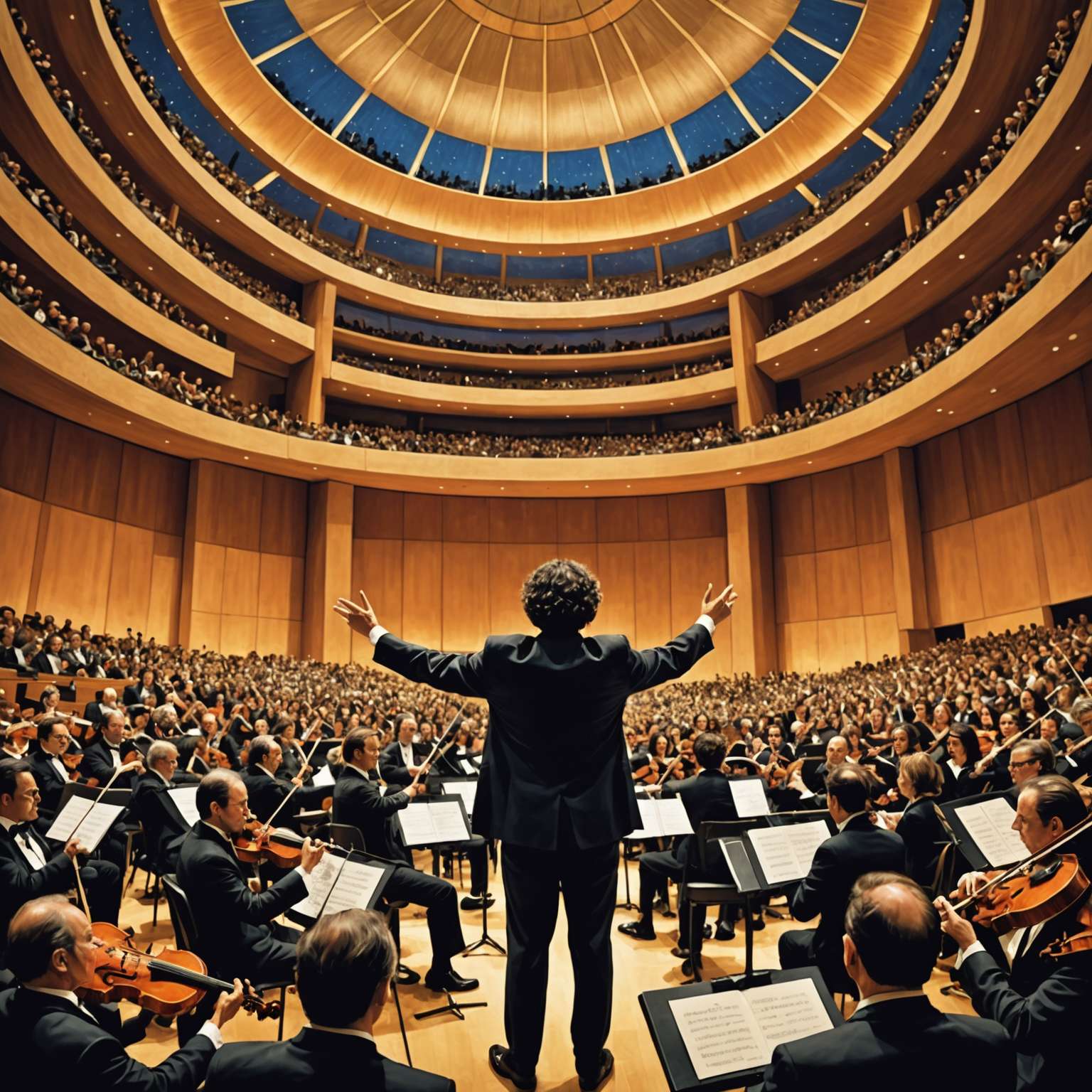
Why is Barbara Carrasco’s mural a beacon of artistic resilience in Los Angeles?
- The mural was originally commissioned in 1981 for Los Angeles' bicentennial but faced controversy over 14 scenes that depicted events like the Zoot Suit Riots.
- After years in storage, it has found a permanent home at the Natural History Museum as part of a $75 million renovation project.
- Showcases such as '¡Murales Rebeldes!' highlight the censorship struggles faced by Chicana/o artists, bringing attention to the importance of preserving diverse narratives.
The Journey of Barbara Carrasco’s Mural
Barbara Carrasco’s mural, L.A. History: A Mexican Perspective, stands as a testament to the resilience and determination of an artist committed to preserving the multifaceted history of Los Angeles. Originally commissioned in 1981 for the city’s bicentennial by the Los Angeles Community Redevelopment Agency (CRA), the mural was intended to be a vibrant chronicle of the city’s evolution. However, it quickly became embroiled in controversy due to its candid depiction of historical events that some deemed too controversial. The CRA requested the removal of 14 scenes, including the 1943 Zoot Suit Riots and the internment of Japanese Americans during World War II. Carrasco, steadfast in her vision, refused to censor her work, leading to the mural being shelved for decades.
The mural, an 80-foot-long masterpiece, intricately weaves 51 scenes into the flowing hair of a Latina woman, a representation of the artist’s sister. It captures the essence of Los Angeles from its indigenous roots to its contemporary multicultural landscape. The mural’s journey from conception to its current home at the Natural History Museum of Los Angeles County (NHM) is a story of artistic perseverance and cultural significance.
- 🎨 Barbara Carrasco's mural is a vibrant celebration......
- 🚫 The mural's censorship battle is a stark reminder......
- 👁️ Viewing the mural through the lens of untold histories......
A New Home at the Natural History Museum
After years of being stored away, Carrasco’s mural has finally found a permanent home at the NHM Commons, a new wing of the Natural History Museum of Los Angeles County. This $75 million renovation aims to connect the museum with the surrounding South Los Angeles community, offering a space that celebrates diversity and inclusivity. The mural is one of the cornerstones of this initiative, alongside other features such as a theater, an exhibit on community science initiatives, and a cafe.
The mural’s installation at the NHM is not just a triumph for Carrasco but also a victory for the stories it tells. It includes depictions of the Gabrielino/Tongva people, the last Mexican governor of California, Pio Pico, and Biddy Mason, a former slave who became a prominent landowner in Los Angeles. These narratives, often overlooked in mainstream history, are brought to the forefront, challenging visitors to reflect on the city’s complex past.
The Struggle Against Censorship
Carrasco’s battle to preserve the integrity of her mural is emblematic of a broader struggle against censorship in the arts. Her refusal to alter the mural’s content highlights the importance of artistic freedom and the role of art in representing marginalized voices. The mural’s history of censorship and eventual public display underscores the ongoing debate about whose stories are told and preserved in public spaces.
Showcases such as “¡Murales Rebeldes! L.A. Chicana/o Murals Under Siege” and the mural’s display at Union Station in 2017, part of the Pacific Standard Time: LA/LA event, have been significant in highlighting the obstacles that Chicana/o artists face. These exhibitions highlight not only Carrasco’s creativity and her peers but also emphasize the persistence needed to keep collective memories alive despite challenges.
Our Advice on the City
Los Angeles is a city rich in history and cultural diversity, and exploring its artistic landscape offers a unique perspective on its evolution. For occasional travelers, a visit to the Natural History Museum of Los Angeles County provides an opportunity to engage with the city’s past through Carrasco’s mural and other exhibits. The museum’s free admission to the NHM Commons makes it an accessible destination for all.
For seasoned travelers, delving deeper into the city’s artistic heritage can be a rewarding experience. Consider exploring other murals and public art installations throughout Los Angeles, which often tell stories of the communities they inhabit. Engaging with local artists and cultural institutions can offer insights into the ongoing dialogue about identity and representation in the arts.
In conclusion, Barbara Carrasco’s mural is more than just a piece of art; it is a powerful narrative that challenges us to reflect on the histories that shape our present. As we navigate the complexities of cultural memory and representation, let us remember the importance of preserving diverse voices and stories for future generations.
Trending now








